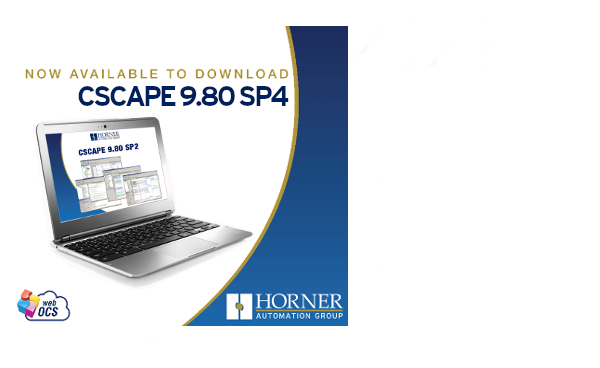1. EXECUTIVE SUMMARY
-
CVSS v3 7.8
- ATTENTION: Low skill level to exploit
- Vendor: Horner Automation
- Equipment: Cscape
- Vulnerability: Improper Input Validation
2. RISK EVALUATION
Successful exploitation of this vulnerability could crash the device being accessed, which may allow the attacker to read confidential information and remotely execute arbitrary code.
3. TECHNICAL DETAILS
3.1 AFFECTED PRODUCTS
The following versions of Cscape, a control system application programming software, are affected:
- Cscape 9.80 SP4 and prior.
3.2 VULNERABILITY OVERVIEW
3.2.1 IMPROPER INPUT VALIDATION CWE-20
An improper input validation vulnerability may be exploited by processing specially crafted POC files. This may allow an attacker to read confidential information and remotely execute arbitrary code.
CVE-2019-6555 has been assigned to this vulnerability. A CVSS v3 base score of 7.8 has been calculated; the CVSS vector string is (AV:L/AC:L/PR:N/UI:R/S:U/C:H/I:H/A:H).
3.3 BACKGROUND
- CRITICAL INFRASTRUCTURE SECTORS: Critical Manufacturing
- COUNTRIES/AREAS DEPLOYED: Worldwide
- COMPANY HEADQUARTERS LOCATION: United States
3.4 RESEARCHER
Anonymous working with Trend Micro’s Zero Day Initiative reported this vulnerability to NCCIC.
4. MITIGATIONS
Horner Automation recommends affected users update to the latest version of Cscape (Version 9.90), which is available for download at the following links:
http://www.heapg.com
http://www.horner-apg.com (outside of the Americas)
Users with questions regarding specific Cscape installations should contact a local Horner Automation service support team at the following email addresses or telephone numbers:
techsppt@heapg.com or +1-317-916-4274
tech.support@hornerirl.ie or +353-(0)21-4321266 ext. 202 (outside of the Americas)
NCCIC recommends users take defensive measures to minimize the risk of exploitation of this vulnerability. Specifically, users should:
- Minimize network exposure for all control system devices and/or systems, and ensure that they are not accessible from the Internet.
- Locate control system networks and remote devices behind firewalls, and isolate them from the business network.
- When remote access is required, use secure methods, such as Virtual Private Networks (VPNs), recognizing that VPNs may have vulnerabilities and should be updated to the most current version available. Also recognize that VPN is only as secure as the connected devices.
NCCIC reminds organizations to perform proper impact analysis and risk assessment prior to deploying defensive measures.
NCCIC also provides a section for control systems security recommended practices on the ICS-CERT web page. Several recommended practices are available for reading and download, including Improving Industrial Control Systems Cybersecurity with Defense-in-Depth Strategies.
Additional mitigation guidance and recommended practices are publicly available on the ICS-CERT website in the Technical Information Paper, ICS-TIP-12-146-01B–Targeted Cyber Intrusion Detection and Mitigation Strategies.
Organizations observing any suspected malicious activity should follow their established internal procedures and report their findings to NCCIC for tracking and correlation against other incidents.
No known public exploits specifically target this vulnerability. This vulnerability is not exploitable remotely.
Source:
https://ics-cert.us-cert.gov/advisories/ICSA-19-050-03


Stay connected